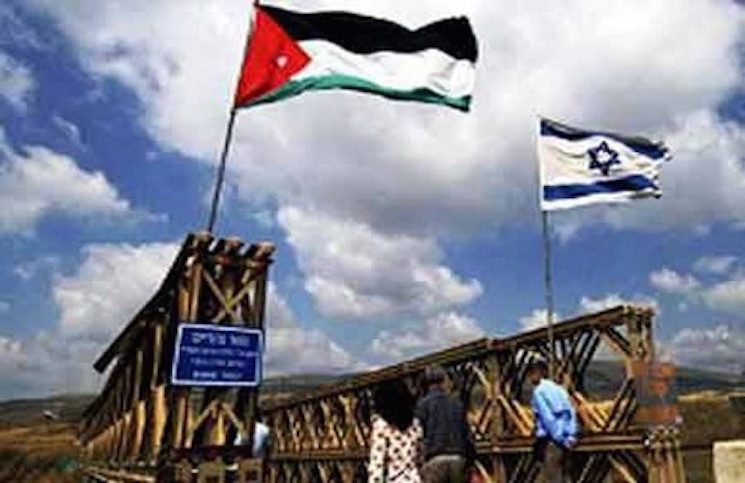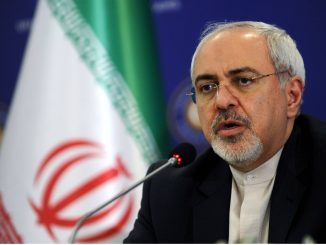
The Egyptian authorities reopened on Wednesday the Rafah border-crossing on both sides so as to allow humanitarian cases’ access out of and into the blockaded Gaza Strip, just a few days following the crossing’s opening on Saturday.
According to a spokesman of the Palestinian side of the crossing Wael Abu Muhsin, the crossing would remain open for four consecutive days.
Departure from the Gaza Strip, he added, would be prioritized in accordance with lists prepared by the Ministry of Interior in Gaza.
The Rafah crossing was also opened on Saturday for two consecutive days to allow passage for humanitarian cases and “stranded people.”
The Palestinian Authority (PA) said in a statement Sunday that 783 Gazans were able to leave the coastal enclave via the crossing since it opened Saturday morning.
Among those who traveled Saturday were 11 patients who were transported in ambulances for medical treatment abroad.
On Monday, the Egyptian authorities closed the Rafah passageway on both sides.
Some 2,658 passengers gained access out of/into the border crossing on Sunday and Saturday.
Hundreds of sick passengers and humanitarian cases flocked to the waiting hall on the Palestinian side of the border crossing.
The Egyptian authorities closed the Rafah border crossing with Gaza on October 25, 2014, leaving thousands of Gazans, mostly humanitarian cases, stranded on the Gaza-Egypt borders.
The Egyptian blockade, along with a decade-long blockade imposed by the Israeli occupation authorities on the coastal enclave, have made life horrendous in the besieged territory.
Egypt has upheld an Israeli military blockade on the Gaza Strip for the majority of the past three years, since the ousting of former President Muhammad Morsi in 2013 and the rise to power of President Abd al-Fattah al-Sisi in Egypt.
While the Egyptian border has remained the main lifeline for Gazans to the outside world, Egyptian authorities have slowly sealed off movement through the border since Morsi was toppled by the Egyptian army.
Due to the constraints on Palestinian movement through the crossing, many Gazans are commonly barred from leaving or entering the besieged coastal enclave, some for months at a time, as the crossing is only periodically opened by Egyptian authorities, stranding Palestinians on both sides of the crossing during closures.
In 2015, the Rafah crossing was closed for 344 days. The crossing has been reopened on a more regular basis since the beginning of 2016.
The near decade-long Israeli blockade has plunged the Gaza Strip’s more than 1.8 million Palestinians into extreme poverty and some of the highest unemployment rates in the world.
Gaza’s infrastructure has yet to recover from the devastation of three Israeli offensives over the past six years. The slow and sometimes stagnant reconstruction of the besieged coastal enclave has only been worsened by the blockade, leading the UN in September to warn that Gaza could be “uninhabitable” by 2020.



